Part of a series of articles titled The 19th Amendment and Women's Access to the Vote Across America.
Previous: Woman Suffrage in New England
Article
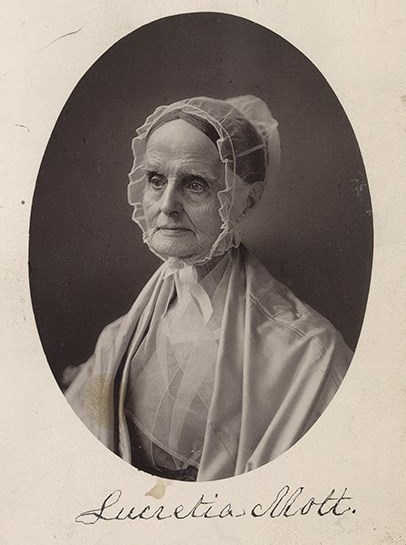
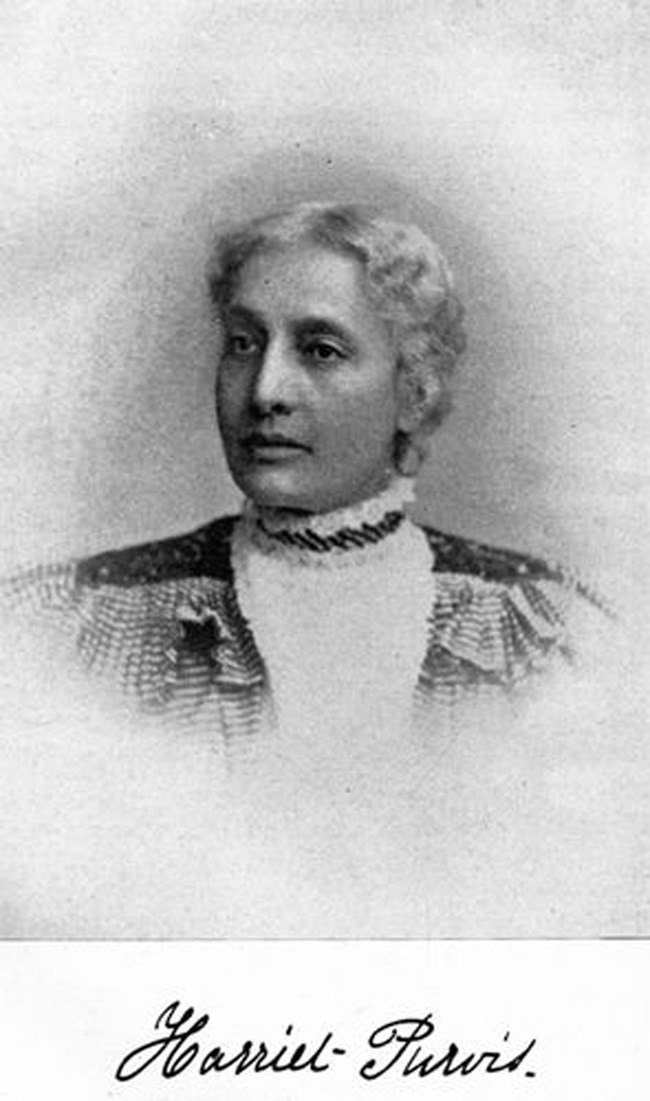
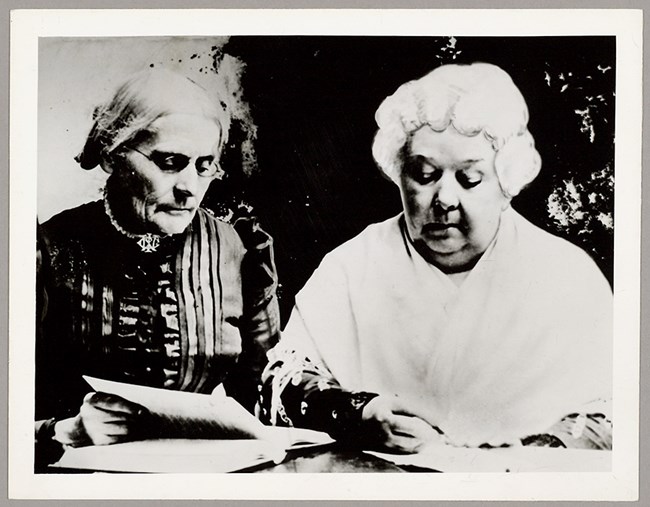
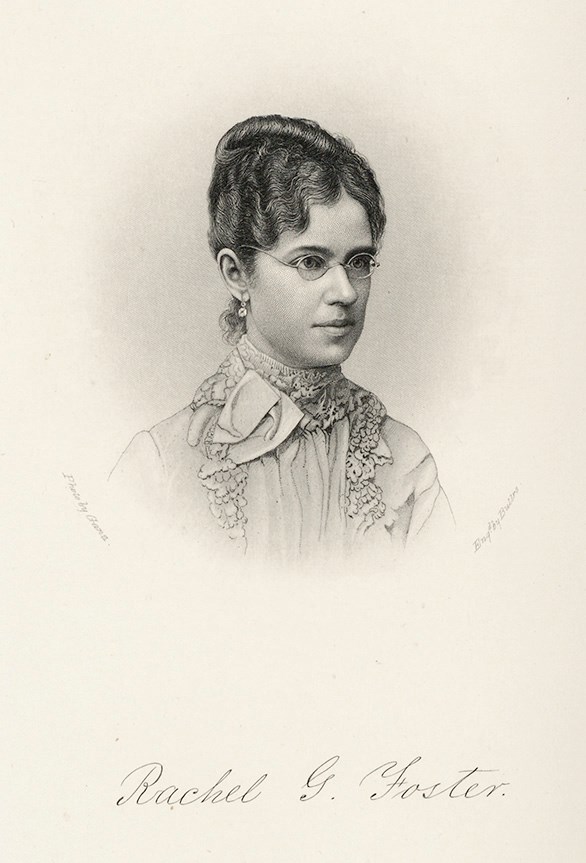
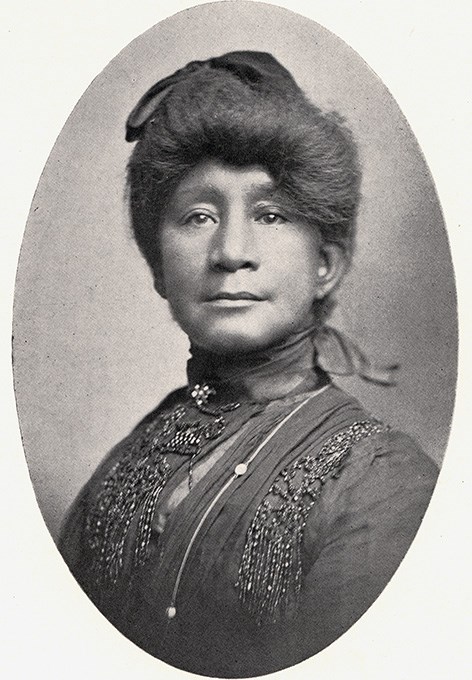
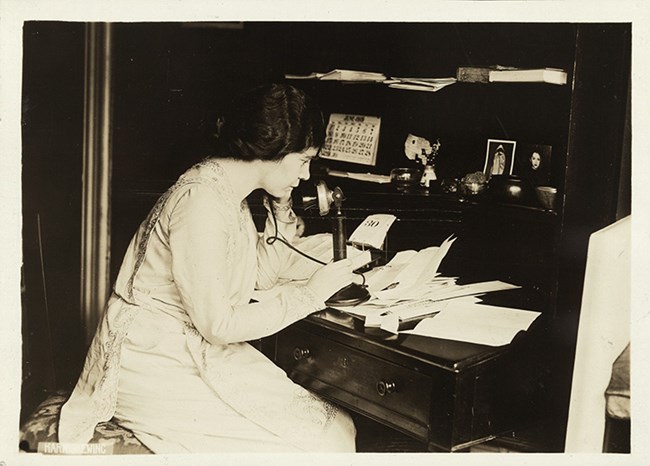
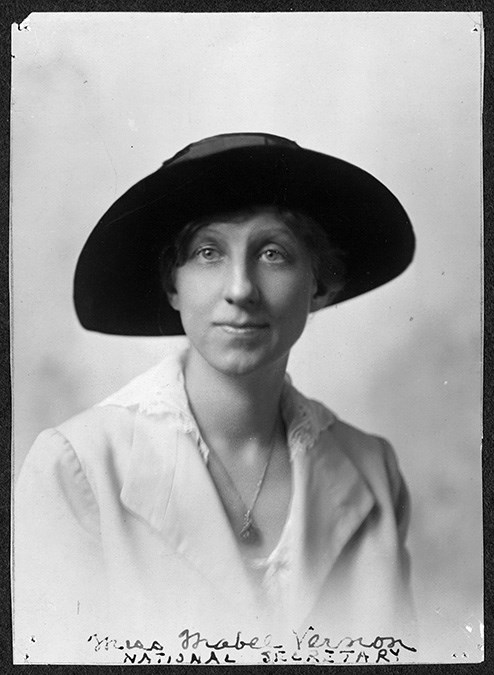
Part of a series of articles titled The 19th Amendment and Women's Access to the Vote Across America.
Previous: Woman Suffrage in New England
Last updated: November 2, 2020